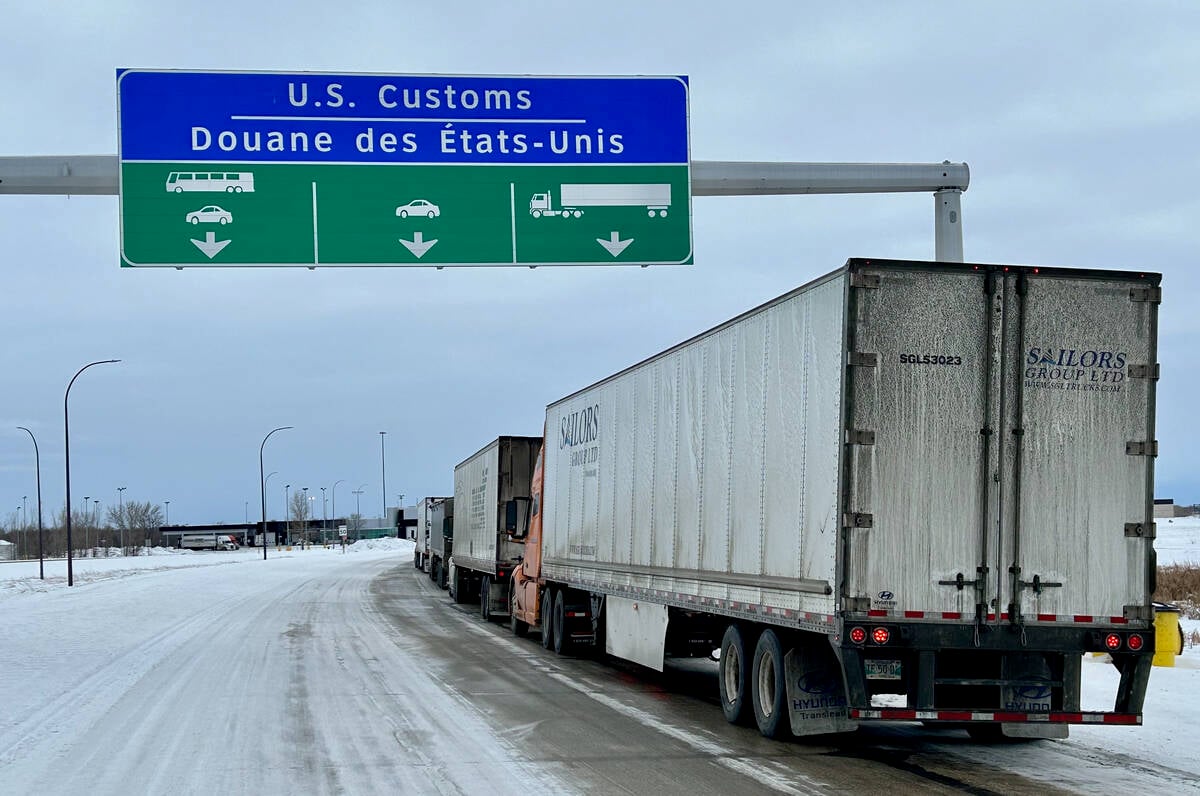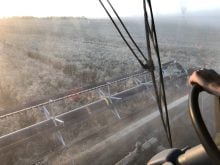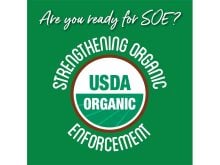Farmers from Prince Edward Island lead the nation when it comes to supporting environmental stewardship initiatives but the head of the province’s largest agricultural group says the financial rewards P.E.I. producers receive for protecting the environment are inadequate.
Robert MacDonald, president of the Prince Edward Island Federation of Agriculture, says P.E.I. farmers have little to show for the investments they have made in protecting the environment.
“There is nothing in place today that will tell me as a producer … that if I do the right thing, I’m going to be further ahead financially,” said MacDonald, who grows potatoes, grain, hay and beef near Wood Island in the province’s southeast.
Read Also

U.S. bill could keep out Canadian truckers
The Protecting America’s Roads Act, which was tabled in the U.S. House of Representatives at the beginning of October, would “rid the country of illegal immigrant commercial truck drivers and ineligible foreign nationals.”
“If I have an environmental farm plan in place on my farm and I’ve corrected some issues that have been identified, I don’t get a penny more for my product at the end of the day because I’ve done these things.
“It’s not so much direct compensation we’re looking for,” he continued.
“But if we’re doing things for the betterment of the environment and our farming operations and the general public, then we think there should be some kind of system where farmers are getting rewarded for doing these types of things, either through the marketplace of through tax credits.”
Provincial statistics suggest that 70 percent of P.E.I. producers have filed environmental farm plans since the program was introduced in the province in 1996.
In addition, approximately 99 percent of the island’s beef and dairy herds have been fenced out of sensitive riparian areas thanks to a program spearheaded by the P.E.I. Cattlemen’s Association.
Prince Edward Island is also the only province in Canada that has mandatory buffer zones prohibiting cultivation and intensive cropping around rivers and streams.
Nonetheless, P.E.I. farmers who have spent money on environmental initiatives have not been rewarded financially.
Farm commody prices have not increased since environmental farm plans were introduced and land prices have risen only marginally, keeping pace with land prices across the country.
When EFPs were introduced in P.E.I., the province helped pay for the program and offered farmers a monetary incentive to participate.
The province also subsidizes some on-farm investments aimed at protecting the environment but, according to MacDonald, producers have little to show for the extra costs involved with maintenance and lost production.
He said the buffer zones around water-ways are an example of how environmental initiatives can affect a producer’s bottom line.
“These buffer zones are taking land out of production … and it’s land that we’re still expected to constantly pay taxes on,” he said.
“What we’re suggesting is that if we’re being encouraged to take land out of production, then why not pay farmers to look after it as the public thinks it should be looked after?
“We’re doing all the things we’re supposed to do but it’s becoming increasingly difficult to do all these things and bear the extra expenses. Sooner or later, there’s got to be a payback.”
Jim Moen, a cereal and pulse crop producer from Cabri, Sask., said Canadian farmers recognize that environmental stewardship makes economic sense in the long run.
But in the short term, it costs money to adopt sustainable farming practices and correct environmental damage.
The federal government has indicated it will offer incentives to farmers who complete an environmental farm plan.
But Moen said many farmers who don’t have an EFP have already invested heavily in the environment and they should be recognized as well.
“Adopting best management practices like zero-till seeding often make economic sense anyway but on the other hand, there are a lot of producers out there who have put their farms on the line to implement environmentally friendly farming practices and I think they need to be recognized for that,” Moen said.
“I think the federal government needs to work together with producers and with the industry to ensure that best management practices are practical and that producers are recognized for early adoption.”

















